Abstract: The twenty-first century is a century of promoting and protecting vulnerable people and fighting discrimination. The international community is more interested in the problematic condition of women and children as a factor in revealing the overall state of social advancement of society. However, Africa remains the continent where the number of vulnerable people is the largest on the planet. The Organization of African Unity in its time and the African Union have already demonstrated their commitment to tackling issues concerning women and children through well-defined human rights protection mechanisms. Indeed, a whole legal arsenal has been put in place in order to protect the rights of women and children. Foremost, among them there are the two pacts of 1966 stemming directly from the Universal Declaration of Human Rights, one on civil and political rights, the other on social, economic and cultural rights; the Convention on the Rights of the Child; the African Charter on Human and Peoples' Rights, the African Charter on the Rights of the Child; the Women's Rights Protocol, the 1989 Declaration of the Rights of the Child.The implementation of these legal instruments is still fragmentary. As in all international agreements, the biggest challenge is to move from the ratification state to the integration of these agreements in national legislation and their implementation so that all can enjoy their rights. International human rights law, in its current form, prohibits discrimination and violence against women and children. It represents the legal framework in which States' obligations to promote and protect the human rights of women and children are determined and evaluated. The cornerstone of this legal edifice is the Convention on the Elimination of All Forms of Discrimination against Women and the Convention on the Rights of the Child. The global economic crisis, ongoing conflicts have resulted in systematic violence against women and children. In Senegal, this violence resulted in a dislocation of the family ...
 Processing Request
Processing Request
 Processing Request
Processing Request


No Comments.